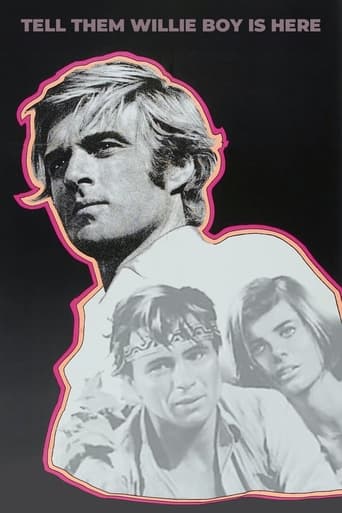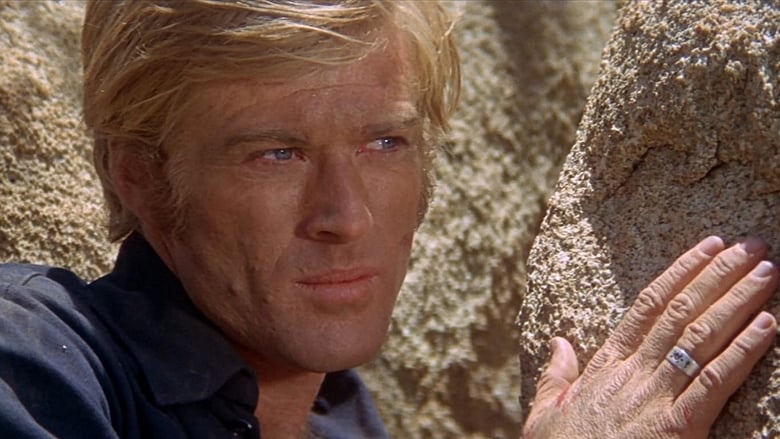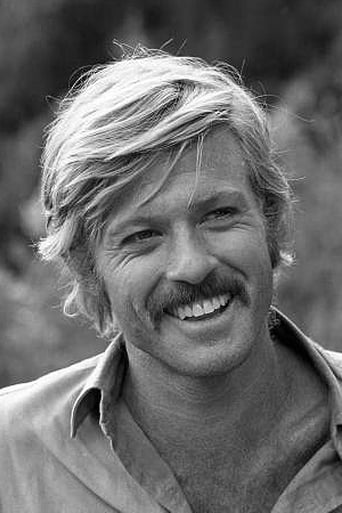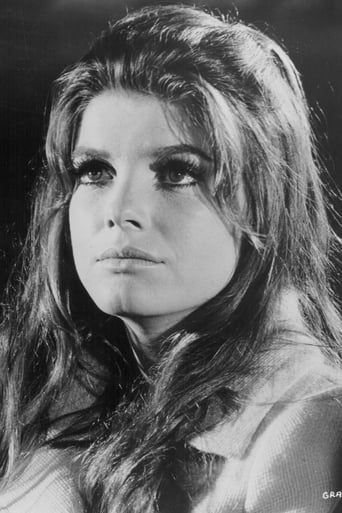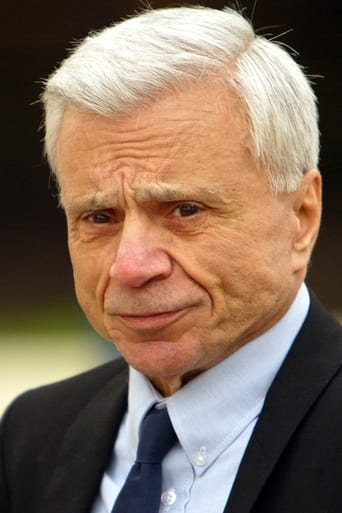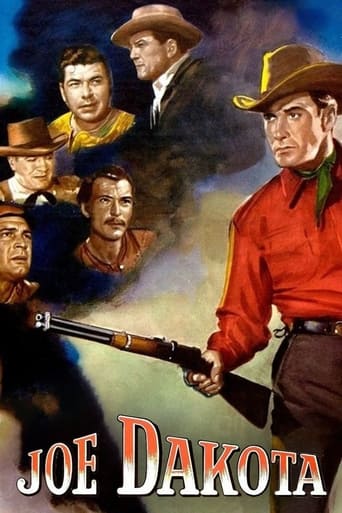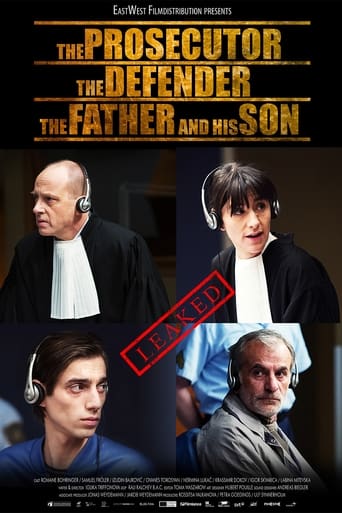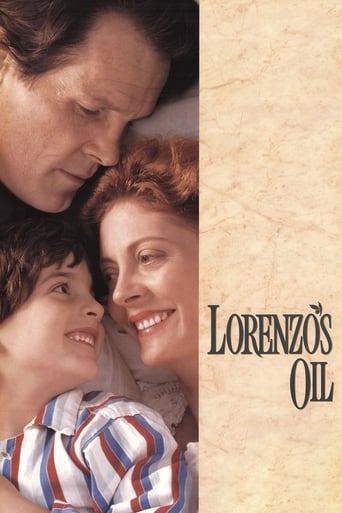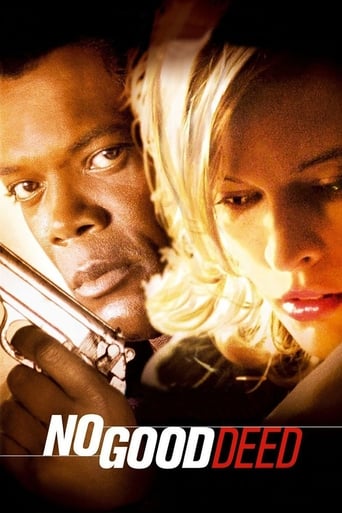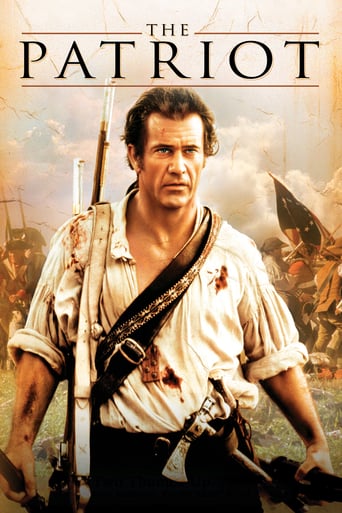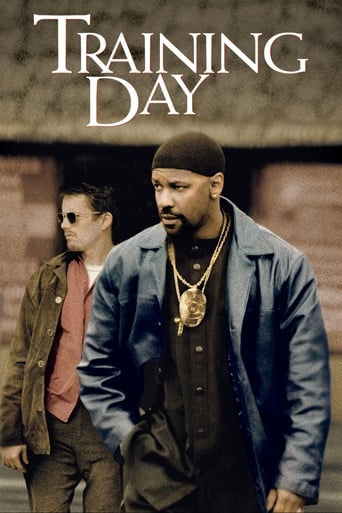Tell Them Willie Boy Is Here (1969)
While confronting the disapproving father of his girlfriend Lola, Native American man Willie Boy kills the man in self-defense, triggering a massive manhunt, led by Deputy Sheriff Christopher Cooper.
Watch Trailer
Cast
Similar titles
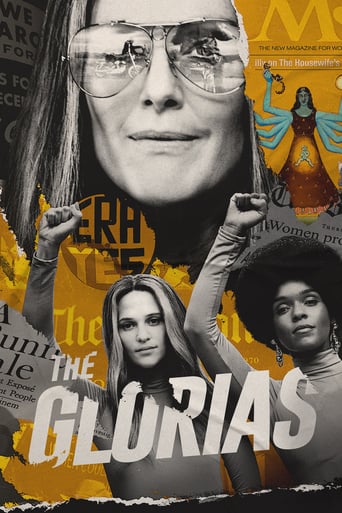
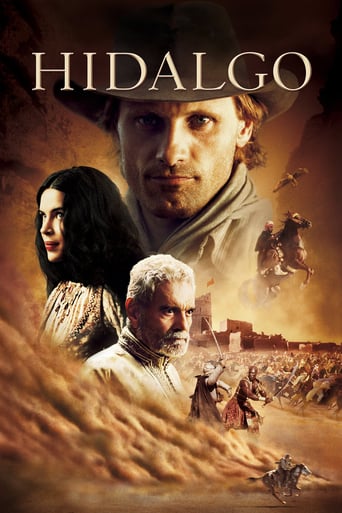
Reviews
Terrible acting, screenplay and direction.
This movie was so-so. It had it's moments, but wasn't the greatest.
There are better movies of two hours length. I loved the actress'performance.
It’s sentimental, ridiculously long and only occasionally funny
I do like this movie even though there are sometimes some weaknesses not that obvious. The film finely moves by cutting between the fugitives and their pursuers, sometimes enforcing clear contrast, occasionally suggesting direct or ironic similarity (for example, the sheriff and the lady doctor engage in mutually humiliating sexual combat; Willie Boy and his girl make love) by means of sound bridges and parallel visual compositions. The Director A.Polonsky uses the wide screen as space to be meaningfully filled, and one is aware of carefully considered effect, in particular in the desert landscape, to a degree quite unusual in movies those days. Polonsky's messages ; tied to the white-Indian conflict, and they are delivered in a script that is not dialog so much as a series of one-line monologues, to which characters may react but almost never effectively respond. With a moral victory or defeat registered every few minutes, the film is sometimes quite in danger of mistaking text for texture. Lucklily, the danger is most of the time avoided. The movie lives most brilliantly on a third level, not unrelated to the action or the allegory, but much deeper, more mysterious, more fully felt. Let's not forget it is mainly a chase movie, concerned with clues and tracks, all signs must be read. And because the film focused on questions of personal identity, all signs are even more relevant. But the nature of the signs changes in the course of the movie, becoming always more intimate, elusive, meaningful, impenetrable. Near the end, these signs include a scarecrow, a hand print, a dead girl's body,a ritual fire—images, in context, of exceptional resonance. The four principal actors are excellent. Robert Redford as Sheriff Cooper "Coop"(pretty as ever and gives a fine performance) and Robert Blake (very convincing as Willie Boy) meet physically only twice during the film, but they form a superb ensemble. Susan Clark as Dr Arnold brings charm and humanity to a schematized and sometimes melodramatic role. Finally, Katherine Ross as Lola, whose character is the least accessible of all, suffers and finally submits without giving in to pathos or easy stylization. In short, a film to be seen with a careful attention.
Conrad Hall's photography turns the harsh, hostile Mojave Desert into the kind of place in which some entrepreneur might build a high-end spa, or a "land developer" might set up a nice, gated community for retirees, with streets that have names like Happy Trail and No Problem Drive and Party Time Cove. Or, come to think of it, a nice strip mall with tony shops like Vuitton and Starbucks and Banana Republic would do nicely.Sadly, that's what's been happening since the events described here took place in 1909. Dusty little towns like Banning and Lancaster are now sprawling environment engulfers but I digress.Robert Blake is the Paiute Indian, Willie Boy, who kills the white father of his girl friend, Katherine Ross, and takes off with her into the desert, which Hall captures as a rather benign place with towering Washingtonian palms creating a shady oasis, the breeze whooshing gently through the fronds. There is an abundance of springs and other sources of water.I guess I'm dwelling on the environment because it's just so damned pretty, while the people in the story are all kind of crass. Robert Redford is Sheriff Cooper ("Coop") who pursues Blake and Ross from one picturesque place to another. Redford's posse is made up of diverse types, as posses tend to be in such movies. One is a hardbitten old Indian killer, Barry Sullivan, who joins the posse because he "enjoys" it. It's just like the old days, fightin' the Comanche.Redford himself is taciturn, sympathetic to Blake, and a reluctant hunter. But when Katherine Ross's body is found with a bullet through her heart, he's compelled to track down the worn-out horseless Blake and, finally, shoot him in an act of suicide by Sheriff.This was directed by Abraham Polonsky, one of the famous blacklisted writers who returned from exile. Having been persecuted doesn't automatically turn you into a genius but in this case it's not badly done. Nice shots of Robert Blake running full tilt across the sand, rifle in hand, leaping creosote bushes as if they were hurdles on a college track.Polonsky's loyalties are clear enough. "What did I do to them?" asks Blake, referring to the white folks. "What did any of us do?" Well, the Paiute were never particularly brutal, not like the Mojave Indians. They didn't have to be. There was enough water around the Colorado River that they could afford to be farmers rather than warriors. Ira Hayes, one of the heroes who raised the flag on Iwo Jima, was a member of the neighboring Pima tribe.Polonsky, thank God, doesn't revel in White Guilt. The audience is made to feel sympathy with Blake and Ross, if only because these are two lovers on foot being chased by a horde of horsemen who don't understand them and don't want to understand. But that, and a few remarks here and there, are about as far as it goes. If you didn't know Polonsky had been blacklisted, you'd classify this as a more or less typical example of 1960s antinomian values. It's no more propagandistic than dozens of other films that came out of the same period.And what it finally boils down to is an exciting and ultimately tragic chase movie. The covert message will be happily unnoticed by most younger viewers, and easily ignored by the more sophisticated. See Willie Boy run. See handsome Coop, the epitome of handsomeness, dodge bullets among the stucco-textured rocks. Look at the enthralling beauty of the natural landscape, free of giant tarantulas and mutated ants.
Spreading the gap between the white man and the American Native is TELL THEM WILLY BOY IS HERE. This is director Abraham Polonsky's first film in 21 years since his 'banishment'. Willy Boy, a Piute Indian(Robert Blake)kills a man in self-defense and becomes the subject of a manhunt in 1909 California. With him is his lover Lola(Katherine Ross)trying to stay one step ahead of a posse led by Deputy Sheriff 'Coop' Cooper(Robert Redford). Being a 'savage', the deck is stacked against Willy Boy...his accusers of course assuming his guilt.Talent shines in this sage brush drama. Redford and Blake are excellent. Ross is so easy on the eyes you forget she has talent. Other standouts in the cast: Susan Clark, Barry Sullivan and Charles McGraw. This may be thought of as a thinking man's western.
Bad movie due to below average production and editing.The message regarding the Native American plight was good but wasted on this movie effort.Too bad bacause the actors gave good performances.The last 20 minutes was the best part but nothing you can't miss.Flows like a slow TV movie.Thank God Redford is preety.Still worth a look if you are a fan of pro Native American Western action drama or a big fan of the lead actors......
